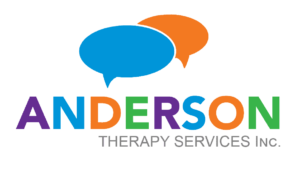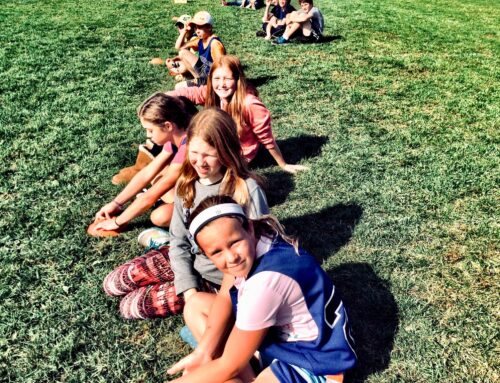Occupational Therapy – Getting a Grasp on Pencil Grips
By: Renee Roy, MSc, OT
If you’ve ever observed any elementary school classroom, you may see colourful and oddly shaped grips on a few pencils. A typical person might not think much of it, but through an OT lens, I often wonder how the pencil grip came to be. I am quite cautious about recommending pencil grips but they can definitely help in some situations. The key is to know when to use them, and when not to use them. Let me give you some background first.
Correcting an awkward pencil grasp is a common occupational therapy goal for school-aged children. It’s a particularly important goal when a child’s grip puts stress on the hand, causes fatigue or pain during writing tasks, or compromises printing skills, such as output speed. Stress on the hand, which can include hyperextension, for example, can put unnecessary strain on the finger joints. Fatigue or pain during writing tasks can cause a child to avoid printing, or act out during writing tasks, as a form of avoidance. It should be emphasized that changing a child’s pencil grasp is not going to suddenly improve a child’s handwriting! It is, however, an important component of a child’s ability to print efficiently.
With a lot of work, a young child’s grasp can be adjusted and the results can be less hand fatigue and pain with written output. OT’s use fun activities to strengthen hand muscles, develop fine motor skills, improve dexterity, open the thumb web space, and help teach a child where and how to hold a pencil with tricks and tips. It takes consistency in OT sessions and follow-through at home and school.
As an Occupational Therapist who works in schools, I am often asked by teachers, when is it appropriate to start using pencil grips? The answer is, it depends! To be more specific, it depends on why and how the child is holding the pencil inefficiently. The reasons why a child may have difficulty with their pencil grip can be quite involved, that is why my advice is to err on the side of caution with giving out pencil grips. The depth of the potential issues is another reason why it is important to seek the advice of an OT before giving a child a pencil grip. The underlying problems can be anywhere from a core strength issue (we develop our motor skills from our core, outward, so a child should have good core stability before going on to fine motor skills) to wrist stability, fine motor deficits, dexterity, to even sensory issues. An OT can observe and assess what the issue is and provide an intervention plan.
Overall, it is best to take the time to help the child develop a grip that allows for efficiency (that is why pencil grips are typically not given to very young children who have not yet developed the motor skills needed to grasp a pencil efficiently). After a child has been working on these kinds of skills and he or she has still not learned a functional grasp pattern, we start to consider a pencil grip. Other factors that would influence using a pencil grip is when the grip prevents fatigue and is not distracting or uncomfortable for the child to use. The OT should trial grips during sessions to determine which type of commercial pencil grip suits the child best (there are many, many varieties out there!). The pencil grip should be used as part of the OT plan and with the supervision of a teacher and parent, so the child uses it during all written tasks.
I should note that some OT’s are reluctant to recommend pencil grips at all. Here’s why: they do not always help with legibility, which many parents and teachers expect; a child may use it incorrectly (upside-down, too far away from the tip, etc.); they are left at either home or school and used inconsistently; they often go missing. Pencil grips, however, often have a time and place in the journey of a child developing an efficient pencil grip. It is always best to determine the underlying issues and work on foundational skills to help a child adopt an efficient grasp first. When those avenues have been exhausted, commercial pencil grips can then become the next step in the process. It is important to remember that:
- The pencil grip should be trialed and determined that it is comfortable
- The child should be trained on how to place it on the pencil and position it properly.
- It should be consistently used across all environments to ensure effectiveness as
As a final thought, I should emphasize the importance of early intervention for core strength and motor skills that help a child develop strength, coordination and important functional skills, like learning how to hold a pencil. More and more, I’m seeing kindergarten classrooms that integrate strength exercises and fine motor skill development into everyday activities. The more exposure a child has to skill-developing activities at a young age, the less likely it will be that he or she will ever require a pencil grip at all.






